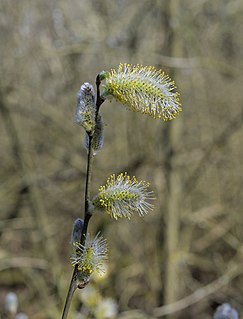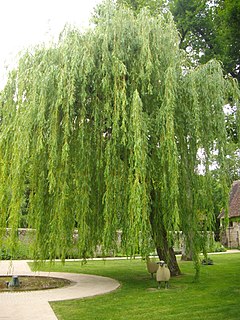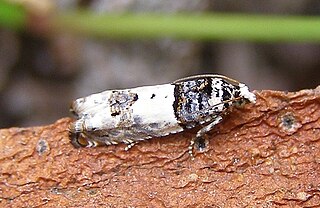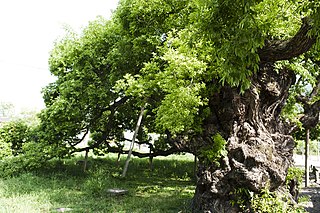
Willows, also called sallows and osiers, from the genus Salix, comprise around 400 species of typically deciduous trees and shrubs, found primarily on moist soils in cold and temperate regions.

Salix alba, the white willow, is a species of willow native to Europe and western and central Asia. The name derives from the white tone to the undersides of the leaves.

Salix caprea, known as goat willow, pussy willow or great sallow, is a common species of willow native to Europe and western and central Asia.

Salix purpurea, the purple willowpurpleosier willow or purple osier, is a species of willow native to most of Europe and western Asia north to the British Isles, Poland, and the Baltic States.

Salix × fragilis, with the common names crack willow and brittle willow, is a hybrid species of willow native to Europe and Western Asia. It is native to riparian habitats, usually found growing beside rivers and streams, and in marshes and water meadow channels. It is a hybrid between Salix euxina and Salix alba, and is very variable, with forms linking both parents.

Pussy willow is a name given to many of the smaller species of the genus Salix when their furry catkins are young in early spring. These species include :

Salix babylonica is a species of willow native to dry areas of northern China, but cultivated for millennia elsewhere in Asia, being traded along the Silk Road to southwest Asia and Europe.

Sthenopis is a genus of moths of the family Hepialidae. There are eight described species found in North America and China.

Salix integra is a species of willow native to north-eastern China, Japan, Korea and the far south-eastern Russia.

The Mongolian-Manchurian grassland, also known as the Mongolian-Manchurian steppe or Gobi-Manchurian steppe, in the temperate grassland biome, is an ecoregion in East Asia covering parts of Mongolia, the Chinese Autonomous region of Inner Mongolia, and Northeast China.
Amanita altipes, also called the yellow long-stem amanita, is a species of agaric fungus found on soil in coniferous and broadleaved woodland in southwestern China up to an altitude of 4,000 metres (13,000 ft). The specific epithet altipes means "referring to the long stipe", and it suits the species as it has a longer stipe compared to its relatives.
Byblis rorida is a species of plant in the Byblidaceae family. It is endemic to Australia.

Acaena rorida is a species of mat-forming perennial plant known only from grassy uplands on the Mangaohane Plateau in the northwestern part of the Ruahine Range in the North Island of New Zealand.

Salix triandra, with the common names almond willow, almond-leaved willow or black maul willow, is a species of willow native to Europe and Western and Central Asia. It is found from south-eastern England east to Lake Baikal, and south to Spain and the Mediterranean east to the Caucasus, and the Alborz Mountains. It usually grows in riparian habitats, on river and stream banks, and in wetlands.

Gluphisia crenata, the dusky marbled brown, is a moth of the family Notodontidae. The species was first described by Eugenius Johann Christoph Esper in 1785. It is found in Europe, east over parts of Russia and China up to Japan. It is also found in North America, where it was traditionally treated as a separate species, Gluphisia septentrionis.

Gypsonoma sociana is a moth of the family Tortricidae. It is found from Europe to Russia, China and Japan.
Archips dichotoma is a species of moth of the family Tortricidae. It is found in China, North Korea and Russia (Primorye).
Ptycholoma imitator is a species of moth of the family Tortricidae. It is found in China, the Korean Peninsula, Japan and Russia. The habitat consists of oak forests, cedar broad-leaved forests, fir broad-leaved forests, valley broad-leaved forests and gardens.

Salix mesnyi is a species of willow native to southern and eastern China, Taiwan, and Vietnam. It can be found among shrubs near water growing 15 metres (49 ft) tall.

Salix pierotii, the Korean willow, is a species of willow native to northeast China, far eastern Russia, the Korean peninsula and Japan. They are shrubs or trees reaching 8 m. Because their twisted wood is not good for timber or making tools, in Japan Salix pierotii trees are used to demarcate property lines between farms.
















